Deciding on a Programming Languages for your kid can be a fun yet challenging process. Fun, because it’s akin to solving one of those online personality quizzes. Challenging, as it can be a tough proposition, considering the stakes are very high.
So, what are the factors that you should first take into account?
The popularity of the Programming Languages, its long-term prospects since you wouldn’t want it to become obsolete in a few years, ease of learning, and, most importantly, whether it would hold your kids’ interest.
You can take a pick the three most preferred Programming Languages — Python, Java, and C++. Run an online search for the top 10 Programming Languages, and you are sure to find these three on the list. Now, you may have a question: “How do I pick a winner?” To make the choice easy for you, we guide you through the advantages and disadvantages of the three programming languages, so that you can make a well-informed decision.
3 Ideal Programming Languages For Kids
1 Python

- It is a high-level language with high readability and reliability
- It is excellent for science and statistics
- It is suitable for beginners since it is easy to learn with a clear syntax
- It is extensible to a great degree
- It reduces the cost of program maintenance
Python, created by Guido van Rossum during 1985- 1990, has gradually risen to become a hugely popular choice when it comes to Programming Languages. It is suitable for beginner-level programmers and supports the development of a wide range of applications — simple text processing to web browsers to games.
Python has a simple structure, a clearly defined syntax, and few keywords which allow an aspiring programmer to learn the language quickly. What’s more, it can run on a wide range of hardware platforms and has the same interface across platforms. It supports GUI (graphical user interface) applications that can be created and then ported to various system calls, libraries, and windows systems including Windows MFC, Macintosh, and the X Window system of Unix.
Python has a well-integrated systems library that is simple to use. The interpreter and resource library are available on the internet, free of cost. That makes it a great option for those who do not wish to invest a lot in development costs. One can sit at a Python prompt and communicate with the interpreter to write the programs.
This programming language is object-oriented, but considering that it is interpreted instead of being compiled, errors are generally detected at run time.
Some of its cons include its unsuitability for low-level work given its need for an interpreter. It is also looked down upon by some coders who believe C Programming Languages are superior. Deciding which library or framework to use can sometimes be tough since there are often many choices (web frameworks, for example).
2 Java

- It is easy to compile, debug, learn and write
- It has a high degree of robustness
- It is capable of performing many tasks simultaneously within a program
- Being platform-independent, it is easy to migrate between systems
- It supports automatic memory allocation and garbage collection
Originally developed by Sun Microsystems and released in 1995, Java is a high-level programming language that can run on a variety of platforms like Windows, macOS, and different versions of UNIX. Knowledge of the language is a prerequisite for working in large tech companies, especially if one aspires to work in the software development domain.
Java is easy to learn. It is based on the object model with a syntax similar to C++ and has a huge number of libraries and frameworks. Its learning curve is more on the lines of C++ too, but the two Programming Languages are different in the sense that Java runs in a virtual machine called JVM. This JVM carried out functions such as managing memory through a process termed ‘garbage collection.
It is compiled into platform-independent byte code that is distributed over the web and interpreted by the virtual machine on whichever platform it is being run.
One of the biggest drawbacks is that changes in each version translate to broken backward compatibility, leading to multiple language versions on a system. It cannot do low-level work and is mostly found in corporate enterprises. Besides, the ‘write once, run anywhere’ formula is not always true.
3 C++

- It is fast and powerful
- It works well for game development, apart from real-time mathematical simulations
- It has a rich function library
- It is a top choice for multi-device and multi-platform development
- It supports exception handling and function overloading
If you are concerned about performance and are willing to accept some complexity to achieve that goal, go for C++. Being a low-level language and close to the hardware, C++ allows you a lot of control in terms of memory management, better performance, and robust software development. It also allows one to work with bare metal-like device drivers. The kit has been there for a long time, so there is plenty of material available, both books and software to learn it.
The evergreen programming language, developed by Bjarne Stroustrup towards the beginning of 1979 at Bell Labs, runs on multiple platforms such as Windows, Mac OS, and various versions of UNIX, and is the choice of most software developers. It is the most widely used language in application and system programming
As a qualified C++ programmer, you will never go out of work and in fact, be highly paid for your expertise.
However, there are a few disadvantages too. It is low-level, so you have to continually create data structures from data primitives; the STL can be a pain to work with; it can easily have security issues, like buffer overflows; and finally, it is not necessarily user-friendly compared to higher-level Programming Languages.
You can see that there isn’t a clear-cut winner. Each of the three programming languages has been designed to address specific issues. Having said that, a few issues remain unaddressed in each, making it a shortcoming for that particular language.
To sum up, every Programming Languages varies in terms of context and what one is looking at in terms of career choices or as a means to expand their knowledge. Before choosing one language, jot down your requirements, and then choose the one that ticks most of the boxes. A platform such as Learningbix can be an excellent way for you to get started.

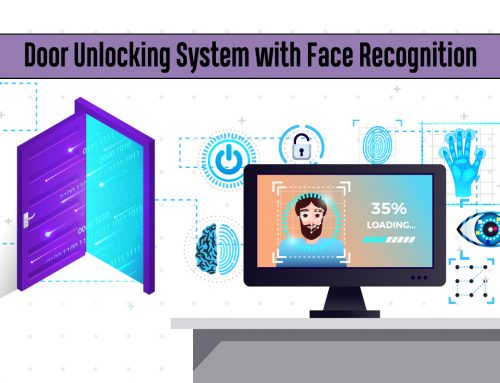
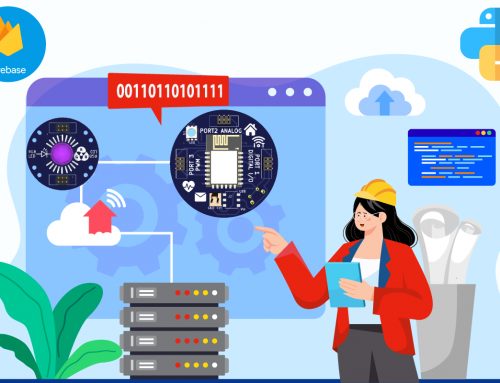
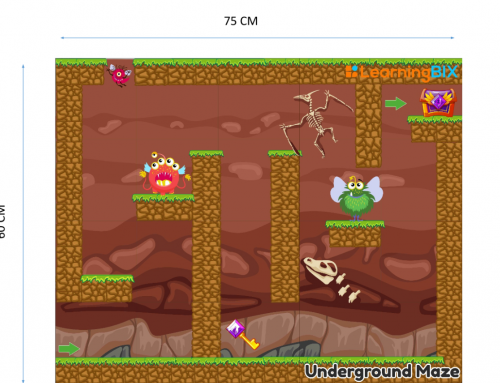

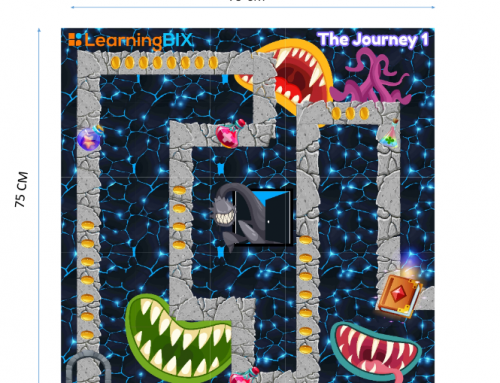
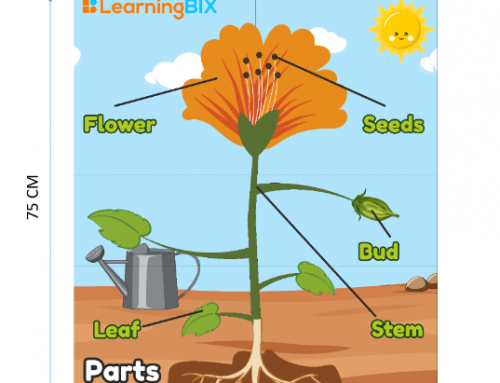
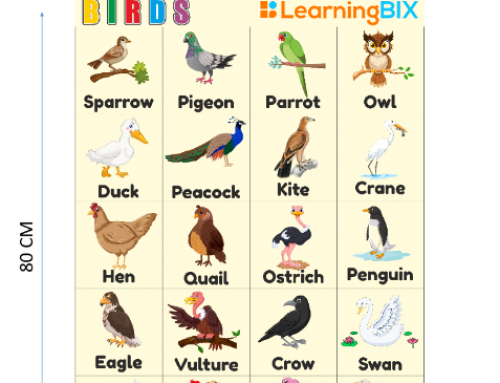

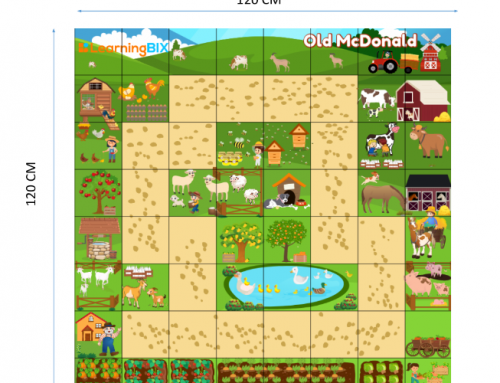
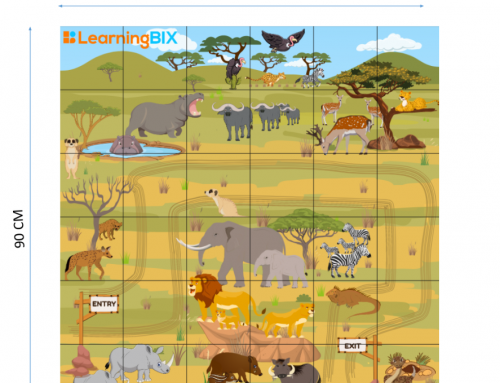
Leave A Comment